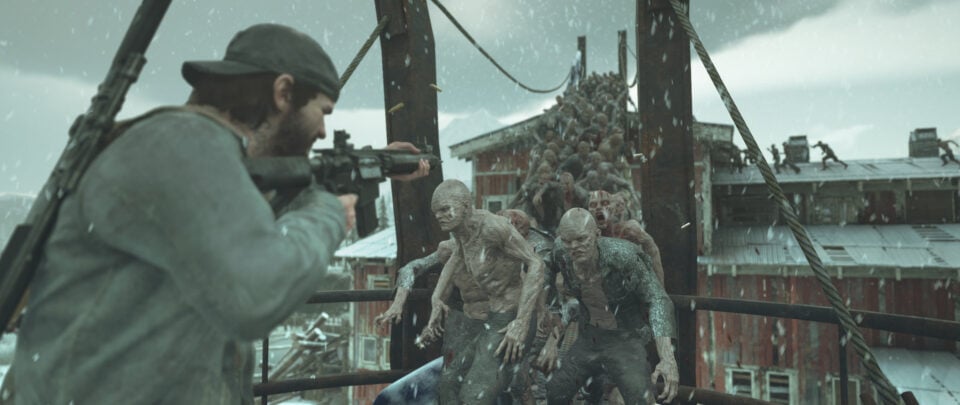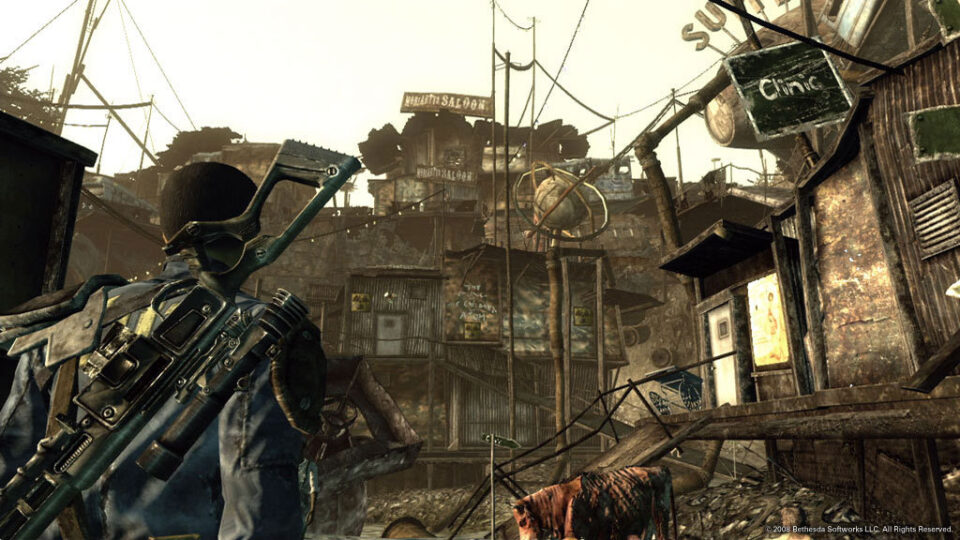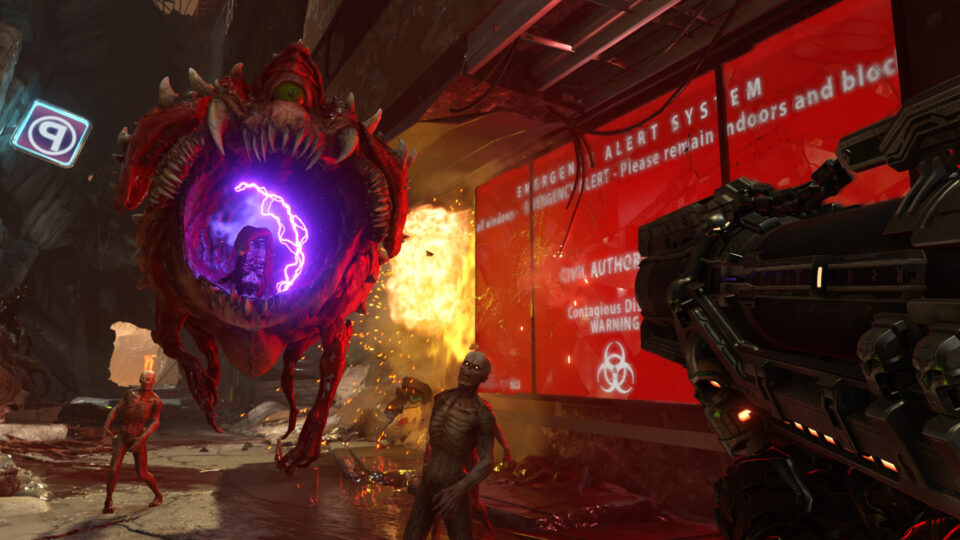Why The Apocalypse Is Perfect For Horror Video Games

Living in a post-apocalyptic world would probably be a real bummer. The internet, plumbing, and video game consoles are all gone. Even the carefree acquisition of burritos would be an activity relegated to campfire tales. Grim as it may sound, it’s one of the more popular destinations for escapist fantasy. Apocalypticism has always held a spot in the collective imagination and has made for some fantastic films and literature. But with games, we’ve found the fun in it.
There are many reasons why a developer may choose to bring their virtual world to ruin. Some motivations may be technical, others relate to the story they wish to tell. It may even be simply an aesthetic preference.
On a technical level, an apocalyptic setting provides limitations to where NPCs and enemies spawn. What would normally be a crowded main street or busy freeway can now be opened for combat and exploration. A destroyed environment also creates diegetic boundaries, which lend themselves well to map design. Fallen skyscrapers and collapsed bridges negate the need for invisible walls or out-of-bounds timers. This sets up limits to movement without breaking immersion.
Also Read: Odd Is Key in ‘Oddworld: Stranger’s Wrath’ [Monster Mania]
In Left 4 Dead‘s opening No Mercy campaign, the streets of Fairfield are closed off by crashed tanker trucks, police barricades, and fiery wrecks. All methods of containing the action feel natural but also display the chaos of the outbreak and add a sense of urgency to the player’s goal, which is simple: skedaddle. With swarms constantly pouring in over walls and through windows, there isn’t much time to fuss about. However, the art design and opportunities inherent to the setting make progress logical, fast, and clear.

On the other end of the spectrum, there are open-world titles in the apocalyptic setting like Days Gone. Days Gone uses the threat of zombies and scaves to confine most of the friendly population to encampments. Encampments leave the player to freewheel around rural Oregon, dispatching baddies as they see fit and accepting side quests from key characters around the map. A similar structure can be found in the Red Dead titles, but setting Days Gone after an apocalypse allows for the use of modern weapons and motorcycles.
Fallout 3 is the grandpappy of open-world apocalyptic games. The story is set hundreds of years after the bombs drop, leaving a wasteland filled with now ancient ruins. The fallout games boast an incredible draw distance, allowing players to plot routes to far-off locations. Roads are usually the fastest way to traverse the world but often harbor roaming bands of raiders and other ruffians. Our vault dweller can circumvent danger by platforming across broken freeway structures or scampering around collapsed buildings to find a way to the rooftops. Sticking to the outer wastes also presents problematic wildlife encounters but rarely falls into absolute bedlam like a trip through the town centers.
Also Read: Are The ‘Alone in the Dark’ Movies Really That Bad?

Buildings that weren’t destroyed have often been repurposed as a stand-in for dungeons, offering a break from the desaturated skies. Fallen walls and broken staircases offered a way for Bethesda to use a limited asset catalog to create a wide variety of indoor sets. The world of Fallout also provides ample motivation for NPCs to hunker down together. A humble life futzing in the tato fields or praising a beloved bomb is much better than being roasted alive by super mutants.
The Last of Us is a decidedly more linear affair in the apocalyptic setting, closing off the wider world to present a more focused story. Overgrown flora, flooding, fences, and more keep players to intended pathways but are implemented artfully, never coming across as obvious limitations. Indoor locations are dark and broken, with dripping wet walls and flooded basements. They feel like a reasonable place for the game’s fungal monsters to thrive.
The Last of Us masterfully uses the degradation of infrastructure to set up convincingly dangerous scenarios, but it also uses it to drive the story forward and support its themes. Plantlife abounds across the streets and rooftops, giving a sense of regrowth and shifting priorities. As the cities are reclaimed by nature, our characters are forced to act accordingly, becoming more violent and reactionary.
Also Read: How I Rekindled My Love For Horror Games [Dodging Death]

Conversely, DOOM Eternal sends Earth to Hell, or rather Hell to Earth. It’s a wonderfully bloody display of destruction that’s aesthetically best described as heavy metal. There isn’t a sense that Doom Guy’s quest is about anything other than revenge. Giant chasms have torn the landscape apart and collapsed entire cities, giving the player ample space to parkour and hook shot around, pulling the eyeballs out of demons and chainsawing the mightiest in their ranks. This apocalypse is all about showcasing our prowess as a slayer; it’s pure power fantasy and it’s glorious.
There are many reasons to choose the post-apocalypse as a setting. Traditionally it’s been used as a means to express our shared anxieties about society, a commentary on our behaviour, or as a means to dwell on human nature. It can be all those things. But in games, it primarily serves as a way to explore the world with fresh eyes and moral freedom. The end of the world is an opportunity to see our concrete surroundings as a jungle gym.
Beyond the technical and the artistic, it’s just a lot of fun.
Categorized:Editorials Horror Gaming

